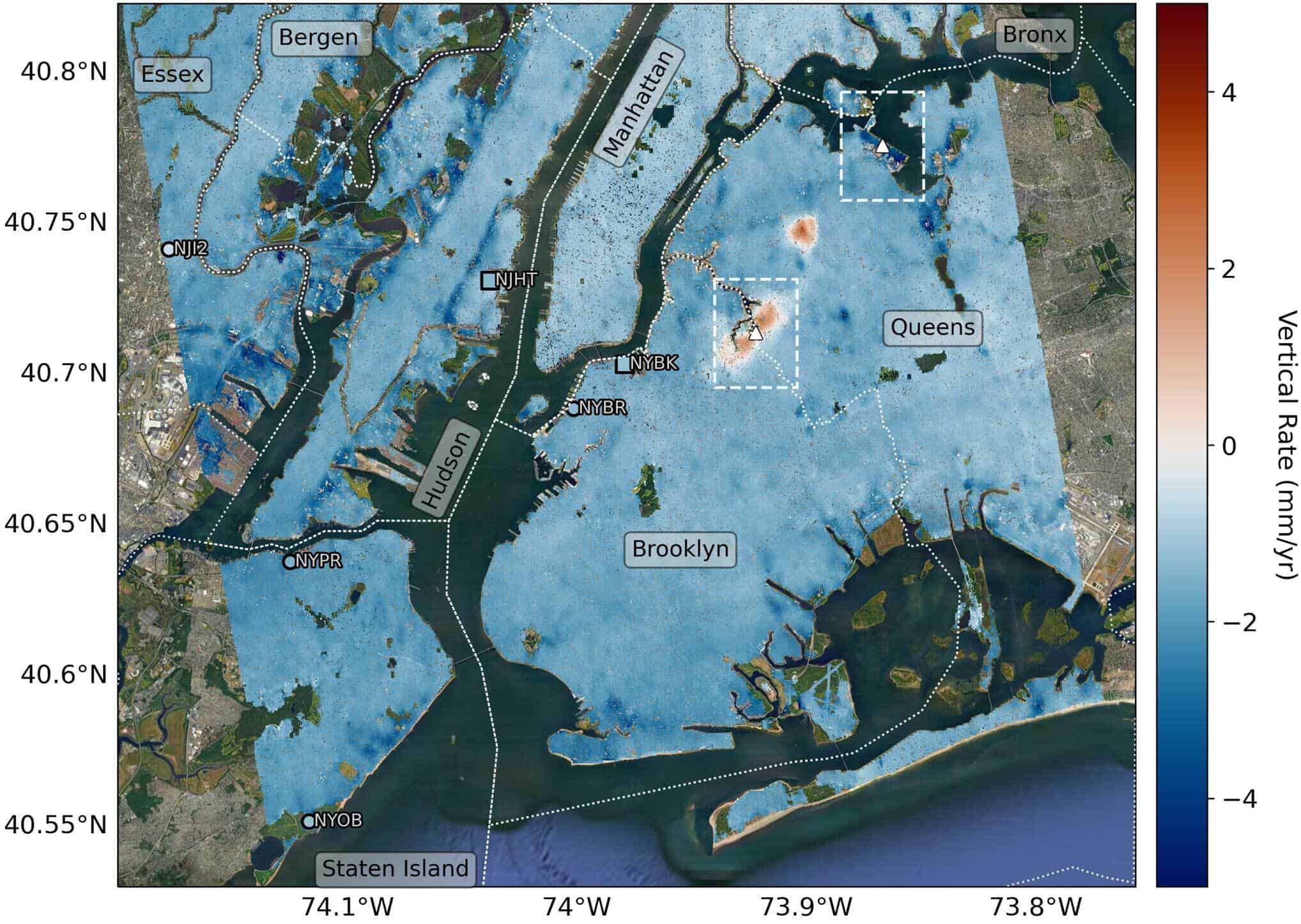Groups of individual ants create decision-making networks very similar to those created by neurons in a brain.

New research from the Rockefeller University suggests that colonies of ants make decisions collectively, with outcomes dependent both on the magnitude of the stressor requiring a decision as well as the size of the ant group. The findings suggest that ants combine sensory information about their environment with parameters of their colony to arrive at a group response.
Most interestingly of all, this process is similar to the way neural networks make decisions.
Working together
“We pioneered an approach to understand the ant colony as a cognitive-like system that perceives inputs and then translates them into behavioral outputs,” says Daniel Kronauer, head of the Laboratory of Social Evolution and Behavior at Rockefeller, and lead author of the paper. “This is one of the first steps toward really understanding how insect societies engage in collective computation.”
The team explains that decision-making is all about handling a series of computations in such a way as to maximize benefits and minimize costs. In sensory response thresholding for example — this is a common type of decision-making for living organisms — an animal has to feel a particular sensory input such as pain past a certain level to embark on a costly behavior, such as running away. If the input isn’t strong enough, the response is not ‘worth it’.
The authors wanted to investigate how this type of information processing occurs on a collective level, and how group dynamics influence which decision is taken and how. For this, they developed a system in which they could introduce highly-controlled temperature changes to an ant colony. The behavioral responses of ants and the colony as a whole was tracked by marking each insect with colored dots and following their movements on video.
As they expected, a colony of 36 workers and 18 larvae readily evacuated their nest when temperatures were increased to 34 degrees Celsius, which is uncomfortably warm for the insects. What was surprising, however, was to see that colony size has an effect on the decision to move, as well: for a colony of over 200 individuals, the temperatures required to make them move were in excess of 36 degrees.
“It seems that the threshold isn’t fixed. Rather, it’s an emergent property that changes depending on the group size,” Kronauer says.
But individual ants are unaware of the total size of the colony, so how does this influence their decision to leave? The authors believe the explanation has to do with the way pheromones, the chemicals ants use to communicate, scale in effect when more ants are present. They propose a mathematical framework that describes this communication and how numbers can influence its effectiveness.
It is also possible that the larger a colony grows, the more difficult it is to move. So higher temperatures — more discomfort — will be needed to convince them that the effort required to relocate is ‘worth it’.
In the future, the duo plans to further refine their theoretical model for the decision-making process in the ant colony by introducing more parameters into the experiment and seeing how the insects respond. For example, they plan to tamper with the pheromone levels in the enclosure, or to create genetically-modified ants whose ability to detect temperatures varies from the norm.
“What we’ve been able to do so far is to perturb the system and measure the output precisely,” Kronauer says. “In the long term, the idea is to reverse engineer the system to deduce its inner workings in more and more detail.”
The paper “The emergence of a collective sensory response threshold in ant colonies” has been published in the journal Proceedings of the National Academy of Sciences.









